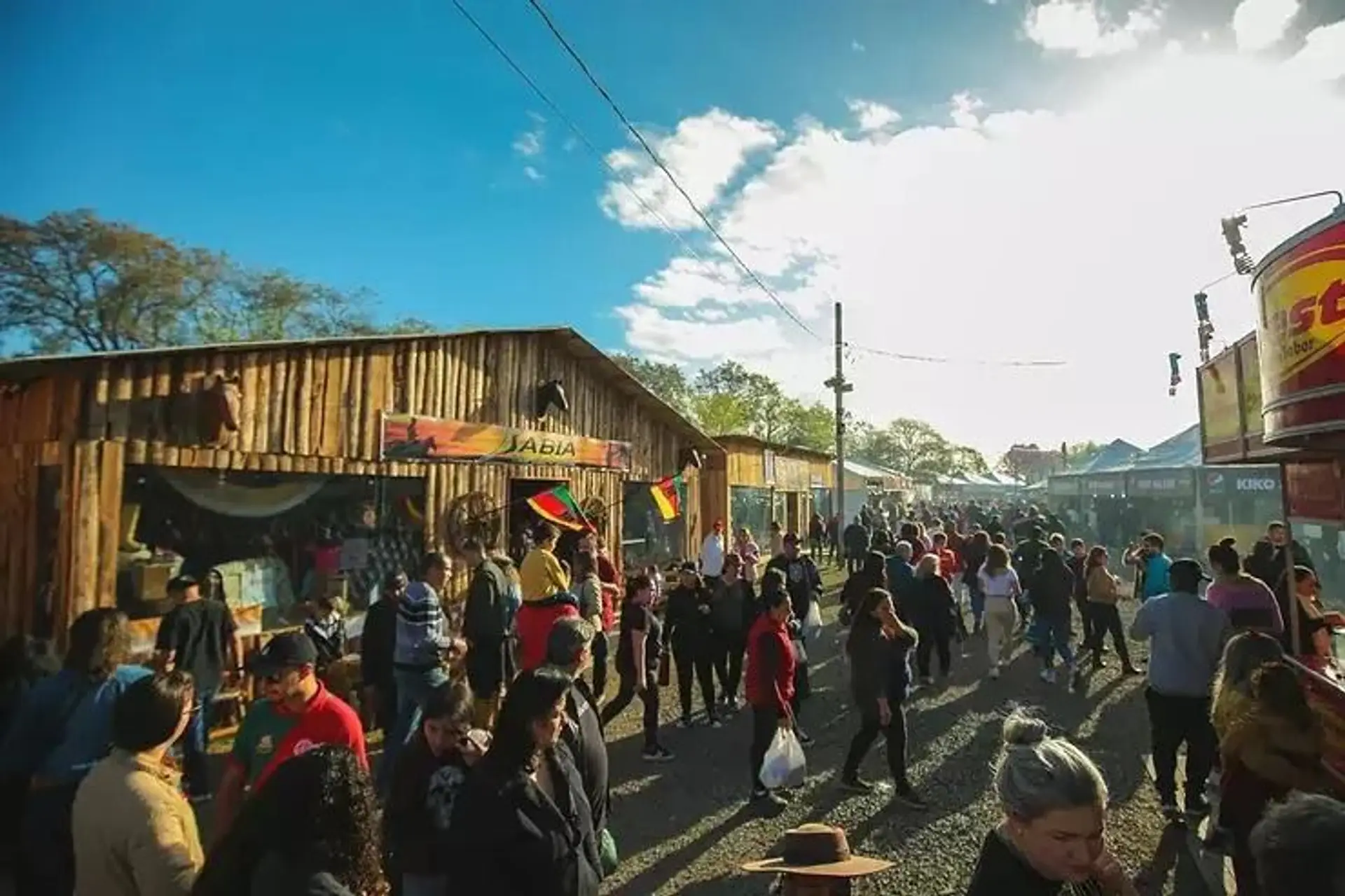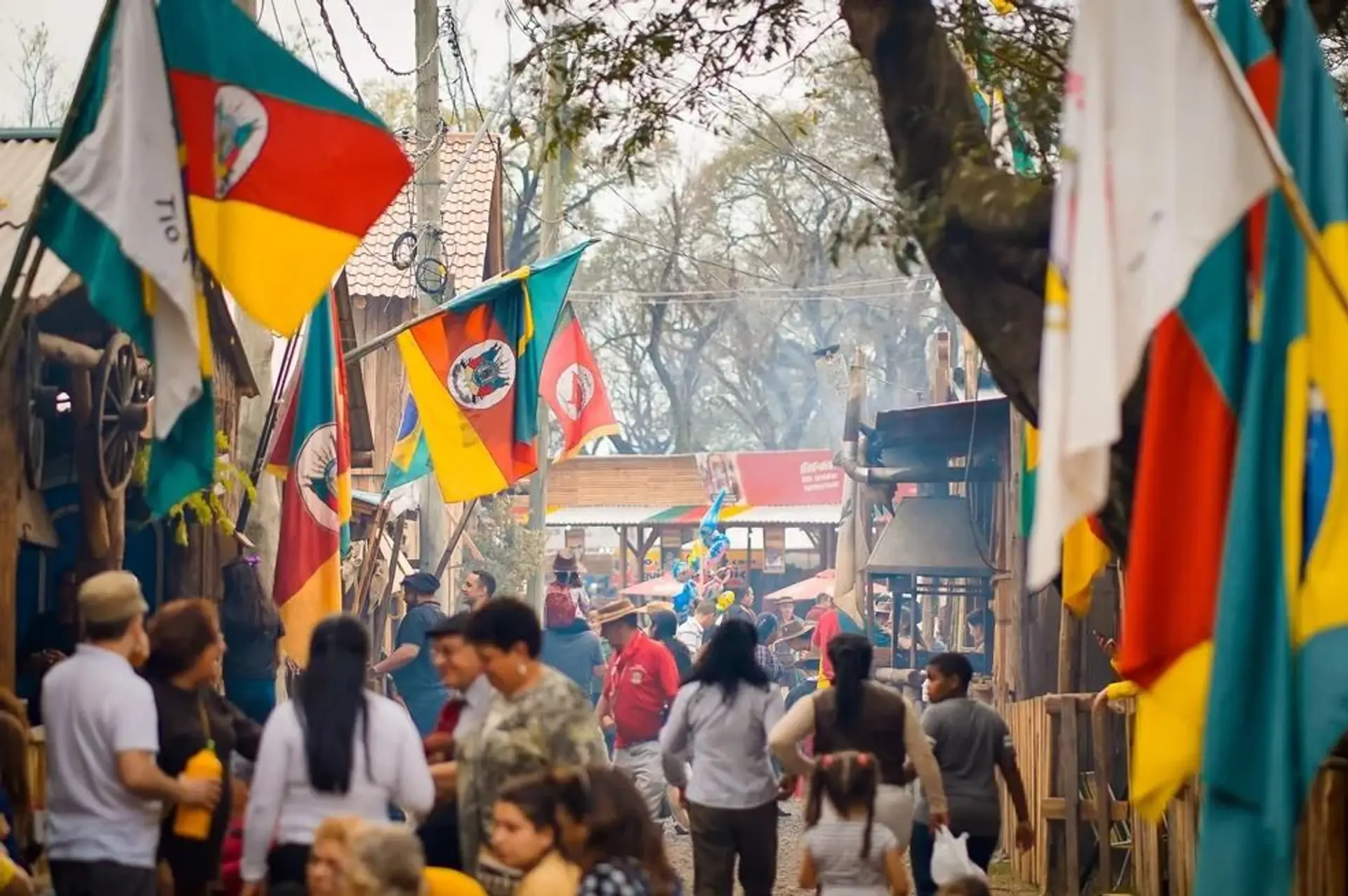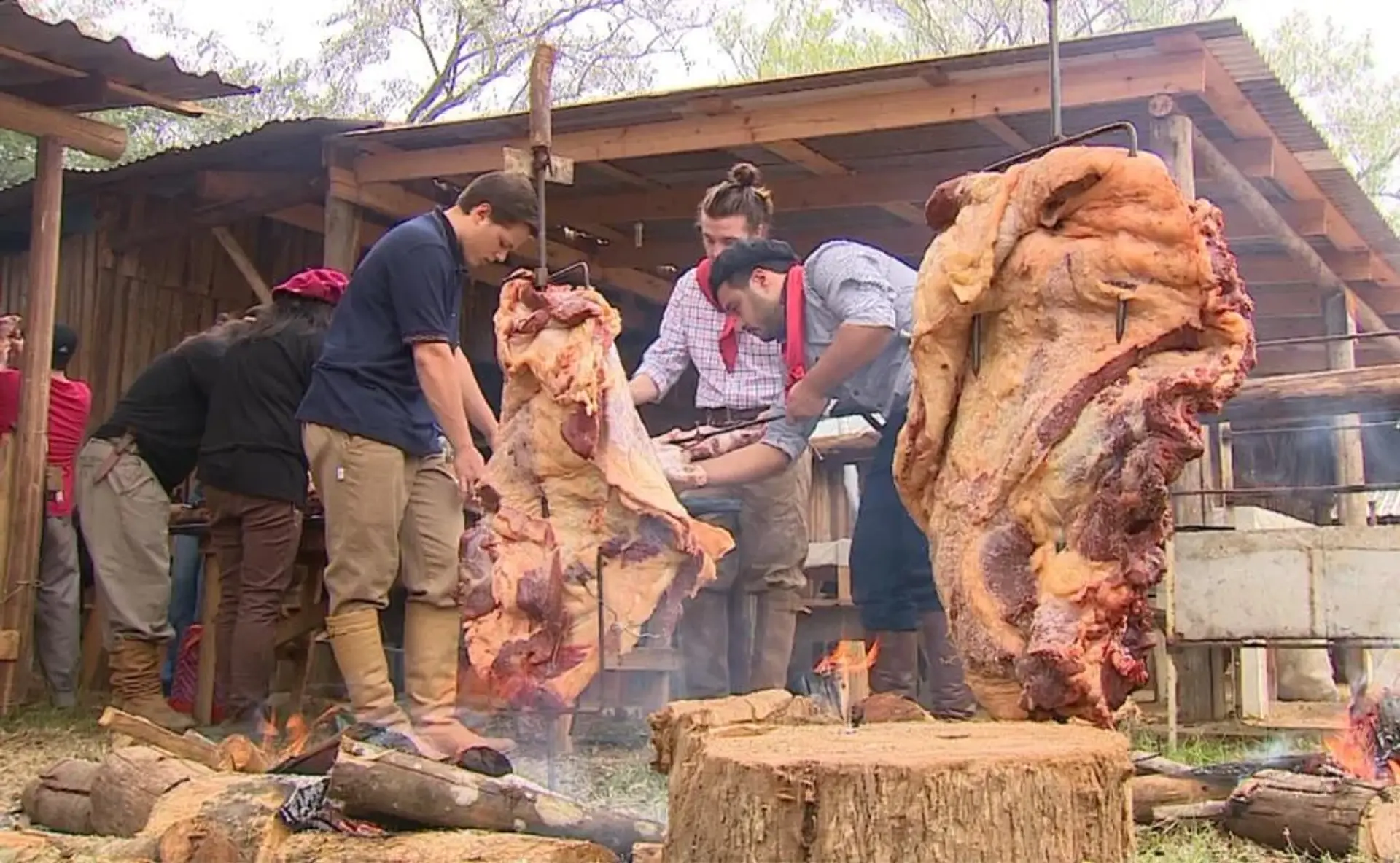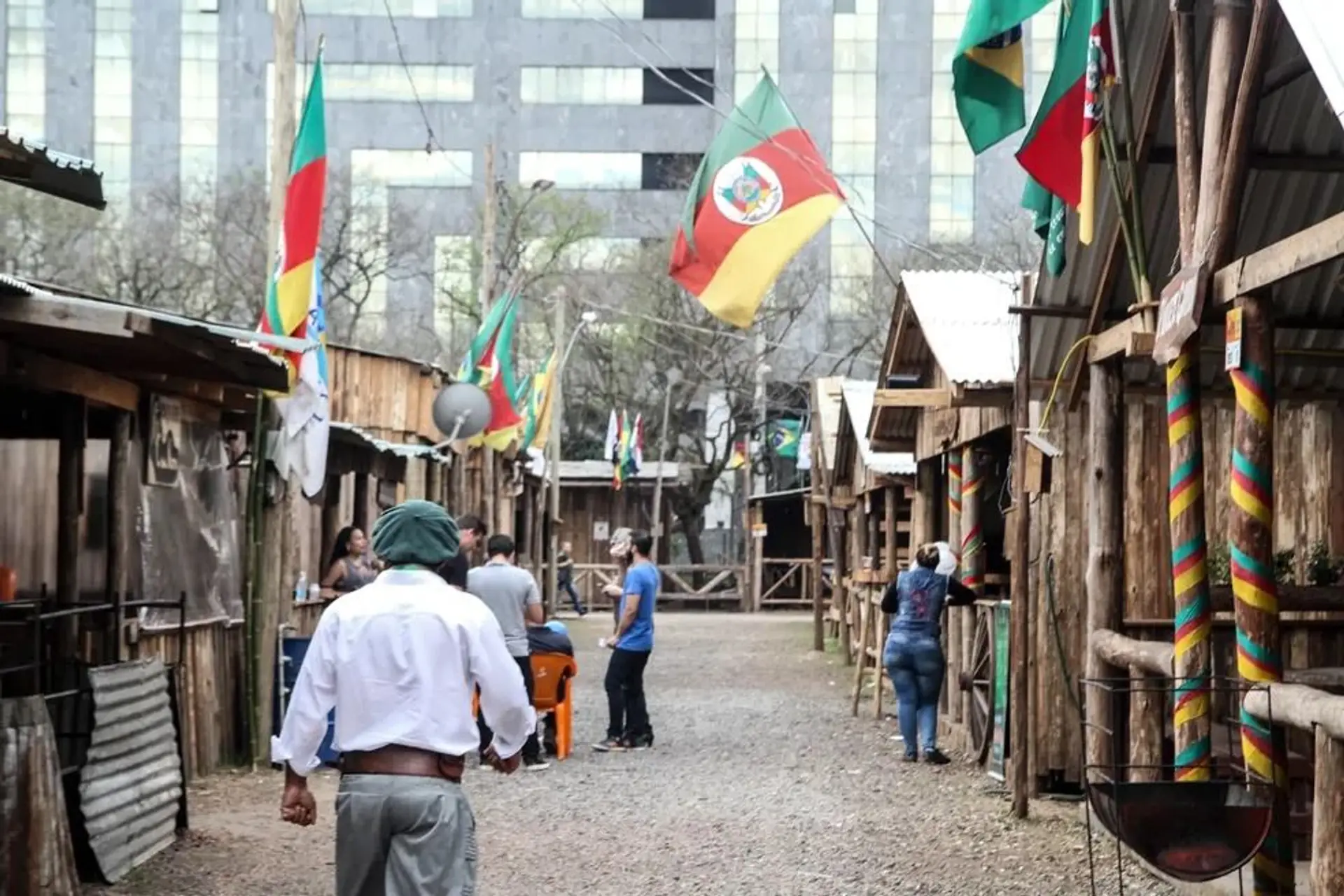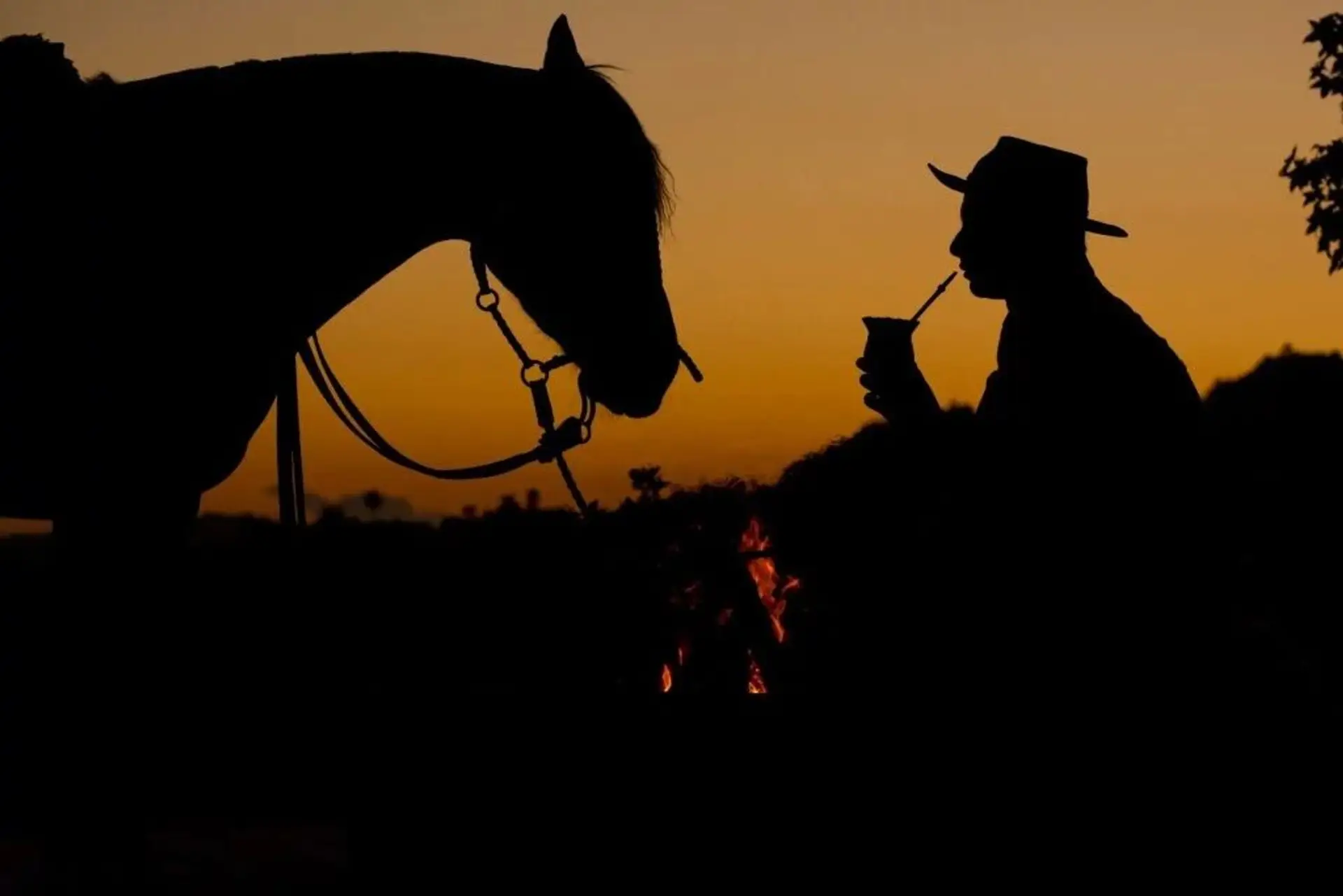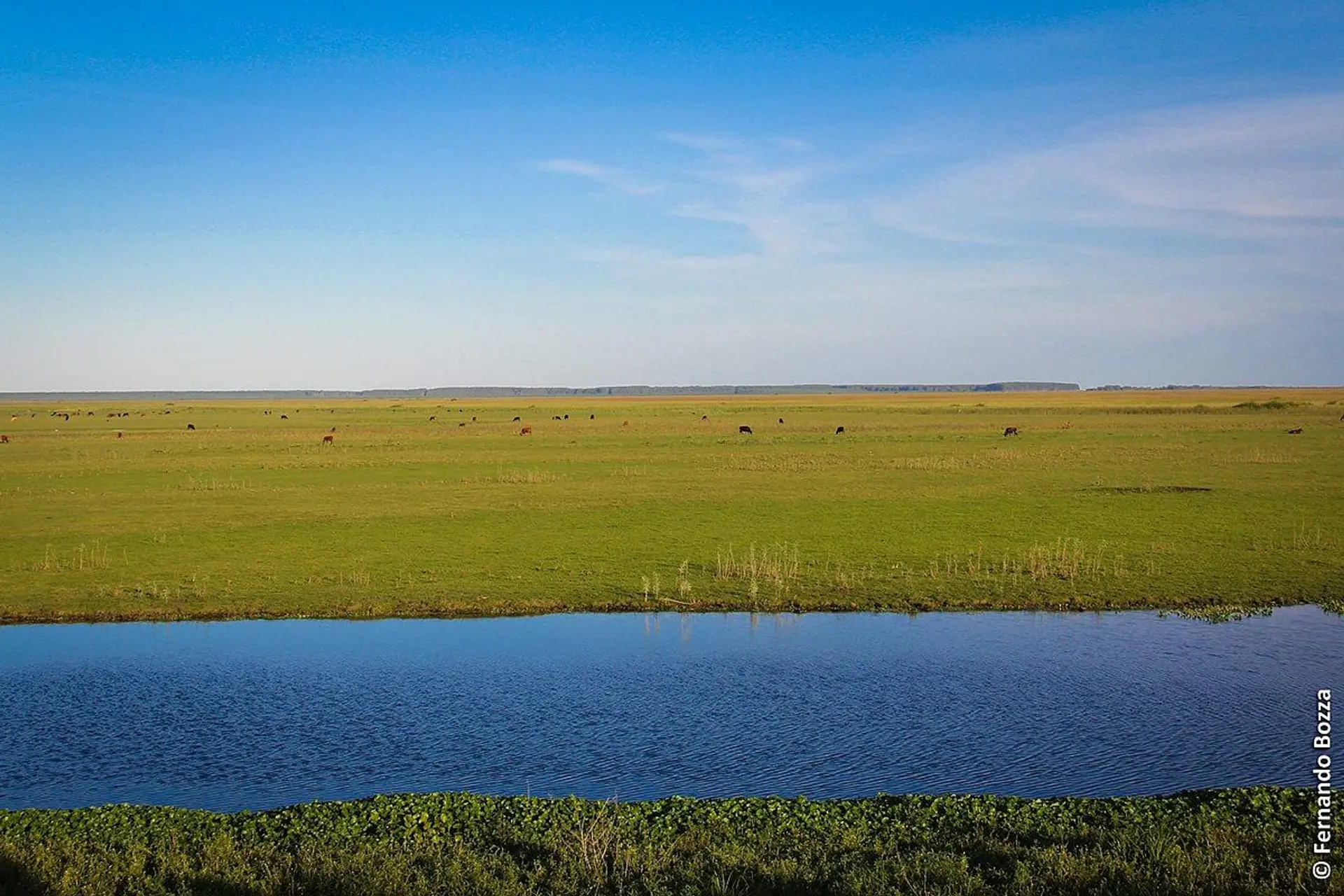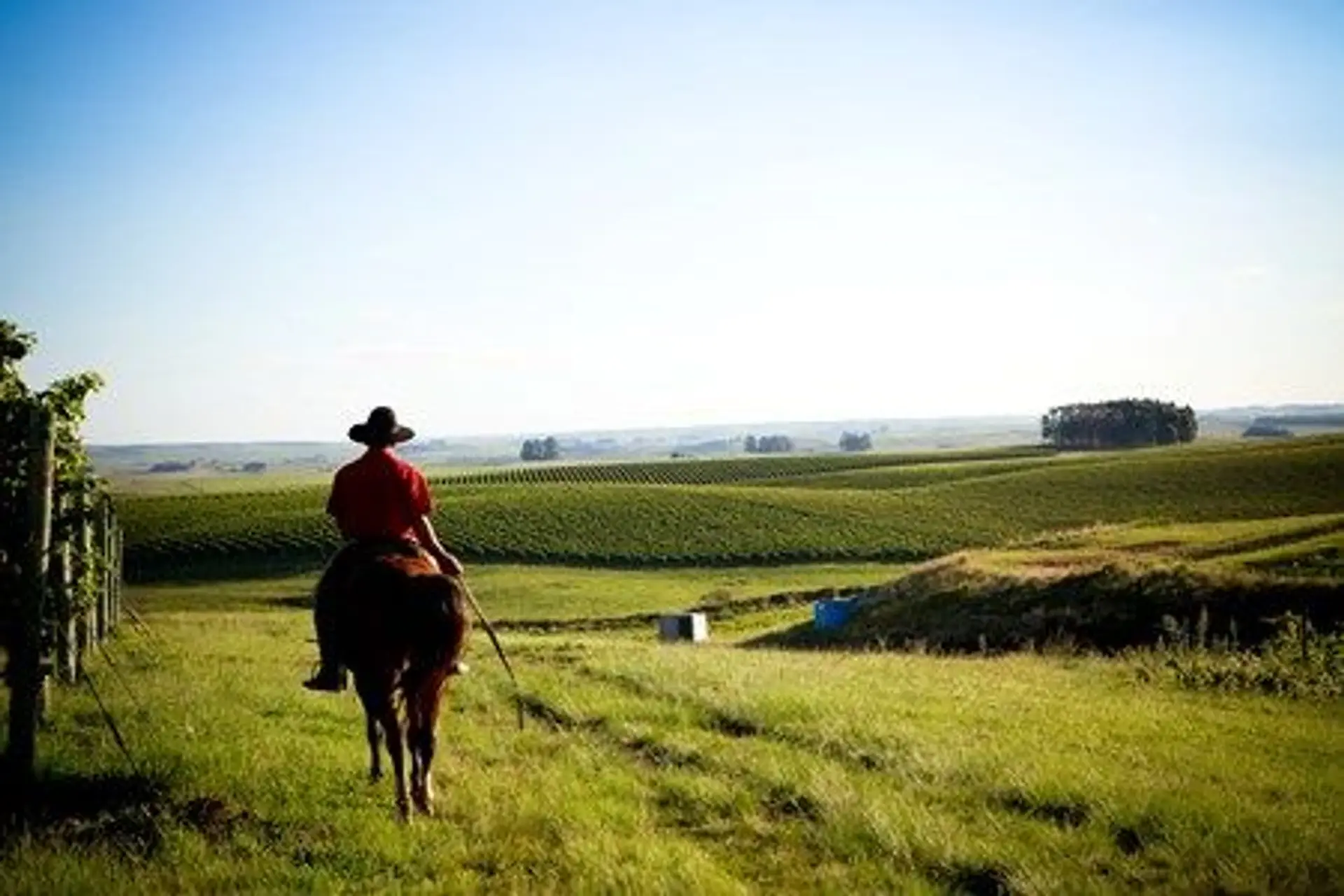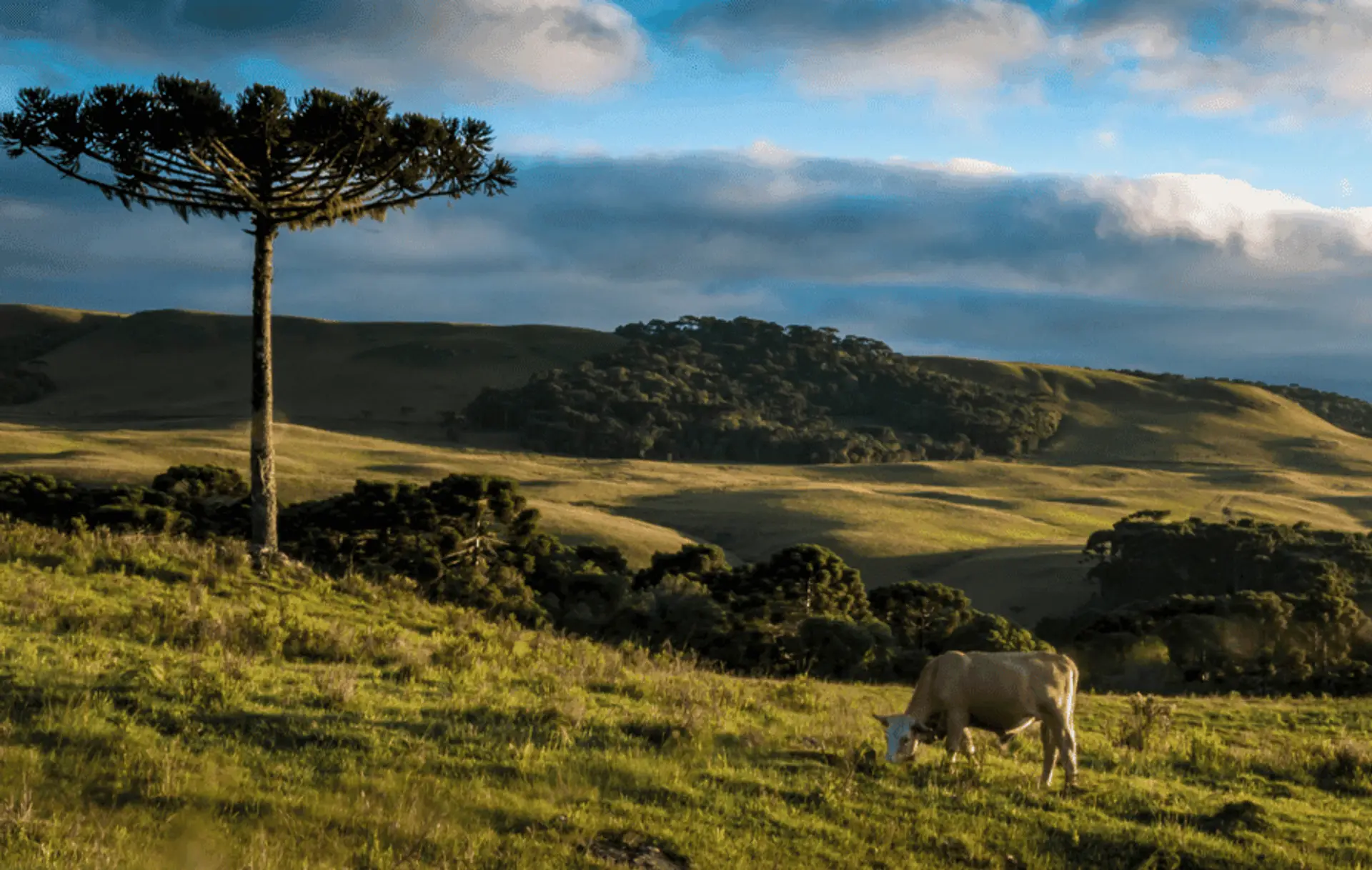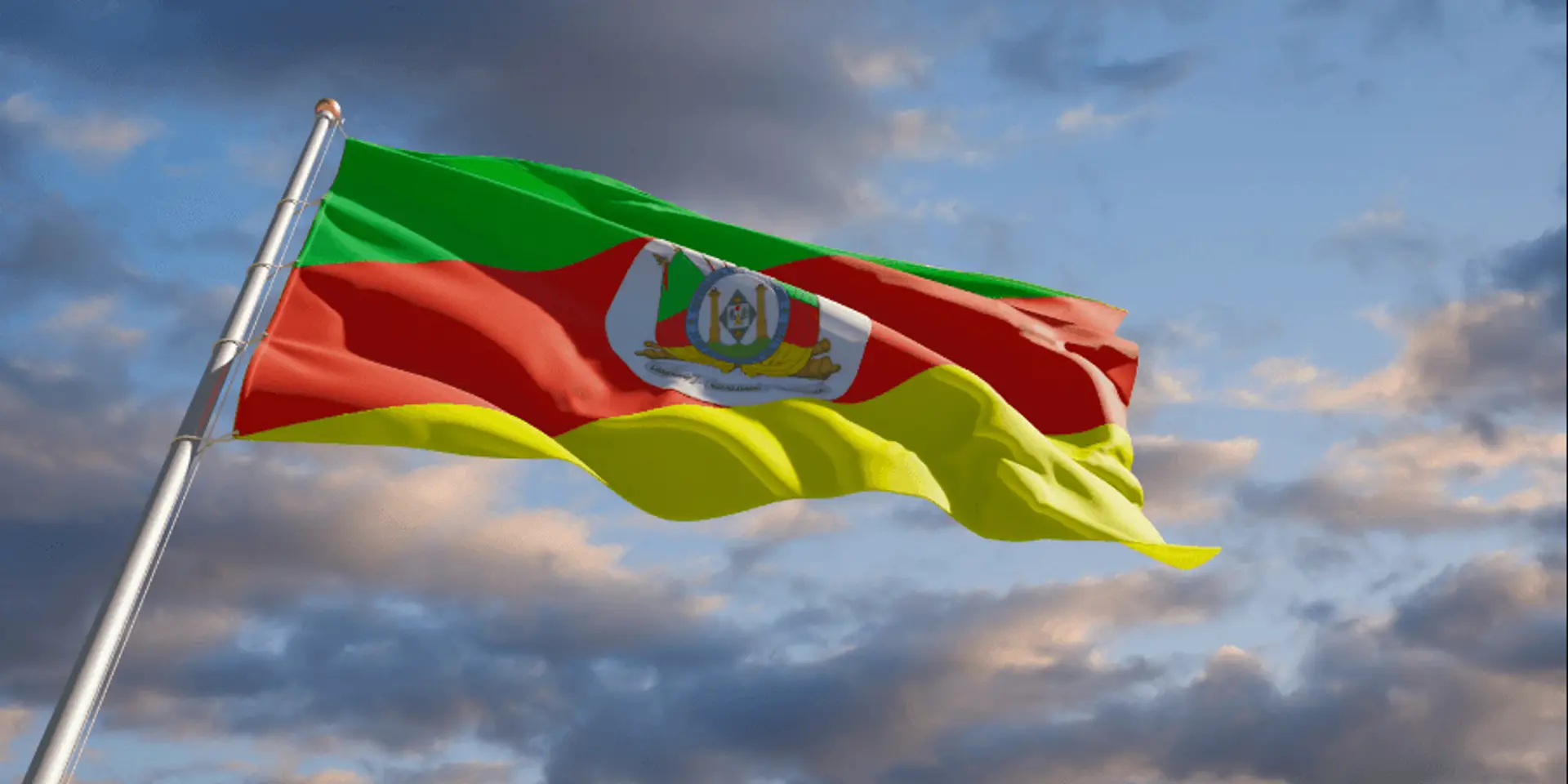
Farroupilha Week: From the revolution that shook the South to tradition in the park
The farroupilla week is coming and our question is: do you know or remember the history of our Rio Grande? And the best: do you like to visit your city's ballet camp?
We already warn: our culture goes far beyond the chimarrão and barbecue! Today our list is special about our roots. Let's remember historical and important moments for our history. And explain the relationship of the lighthouse camps in September. Come and find out more!
The Farroupilla Revolution, also known as the Farrapos War, is one of the most striking moments in the history of Rio Grande do Sul. It began on 20 September 1835, as a revolt of the Gaucho elders against the Brazilian imperial government. The Pharaohs, as the revolutionaries were called, were dissatisfied with high taxation on the products of the region, mainly the charque (carne-seca), which was one of the main economic activities of the south at the time.
One of the most emblematic victories of the Pharaohs took place in 1836, at the Battle of Seival, commanded by Bento Gonçalves. His troops defeated the imperial army, and, after this victory, was proclaimed the Rio-Grandense Republic, an important milestone in the Gaucho separatist movement.
The revolt lasted ten years, until 1845, when the Treaty of Poncho Verde was signed, ending the conflict. However, the Farroupilla Revolution leaves a legacy of pride and resistance of the gauchos.
The Camp Farroupilha of Porto Alegre is a celebration that keeps alive the flame of this revolution. Every year, in September, the Harmony Park turns into a large area of theme camps, with families, piquettes (traditionalist groups) and gaucho tradition centers (CTGs) that lie there for several weeks, celebrating traditions, culture and the lighthouse spirit.
This event is high on September 20, with parades, dances and a lot of typical food, such as the barbecue, carreteiro rice and chimarrão. The structure of the Harmonia Park also has several food points, craft fair and agriculture, cultural and traditionalist competitions, a amusement park and two stages with attractions. Ah, and you still have the public barbecue grills, which you can take and make your roast.
The Camp Farroupilha of Porto Alegre goes until September 22 and is located on Av. Loureiro da Silva, 255. Operating hours are daily from 9am to 00h and have on-site parking.
Ah and the Pampas region have a strong connection to this story. With its vast plains, endless fields and a culture deeply rooted in the work with cattle, the Pampa was the main setting of the Farroupilla Revolution. There, among the cities of the Border, like Baghdad, Uruguayan and Santana do Livramento, the elders resisted, fighting for a land that reflected their traditions and way of life. The gaucho, the largest symbol of this region, is the faithful portrait of a people who, since those times, bears a strong spirit of independence and love for freedom.
Today, when we talk about camp and the Farroupilha Revolution, we are talking about more than a simple historical event. We are celebrating a piece of the gaucho soul, which spreads through the landscapes of the Pampas and Border. This mixture of history and tradition is part of the identity of the Rio Grande do Sul and, every year, it brings to light the pride of being gaucho!
